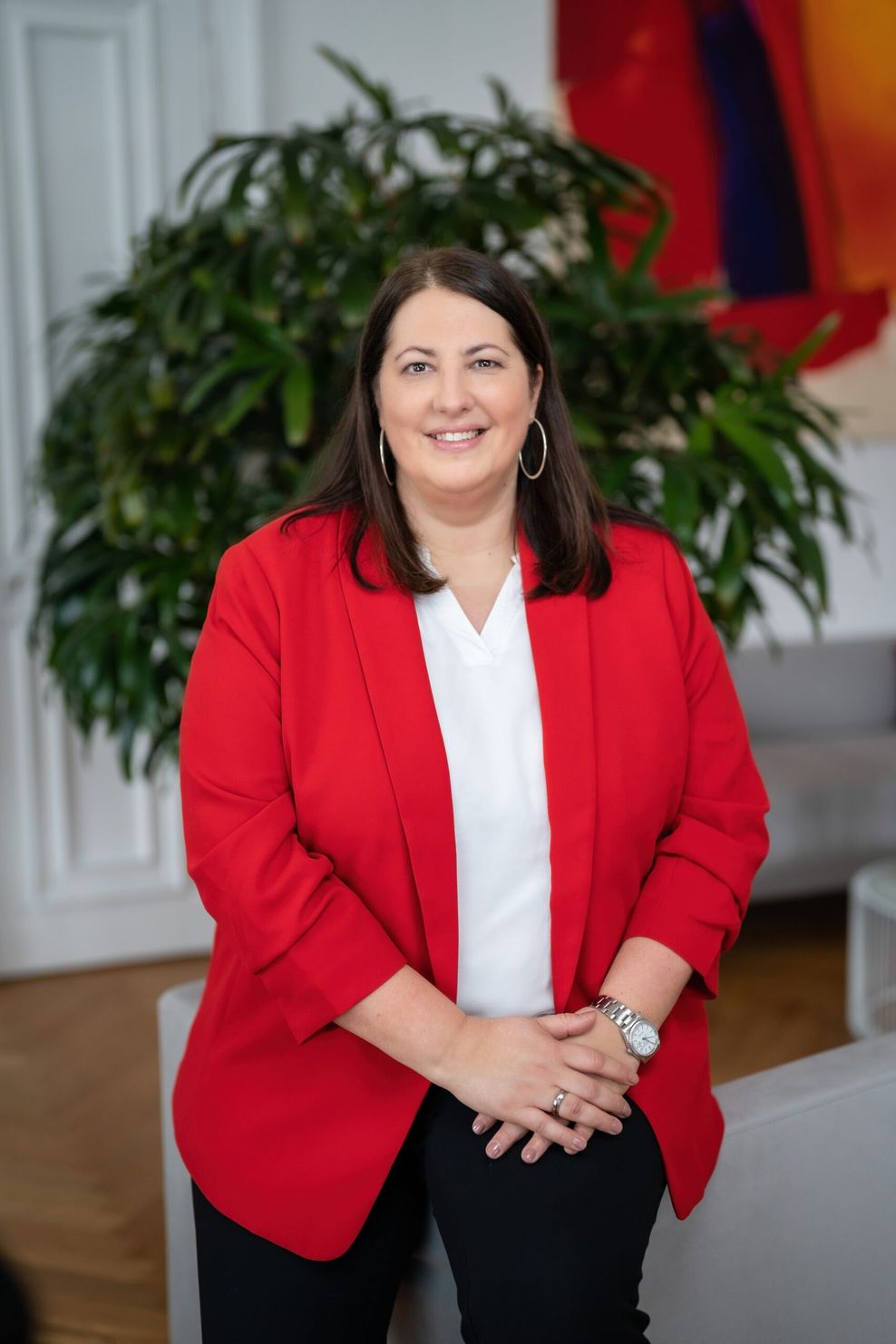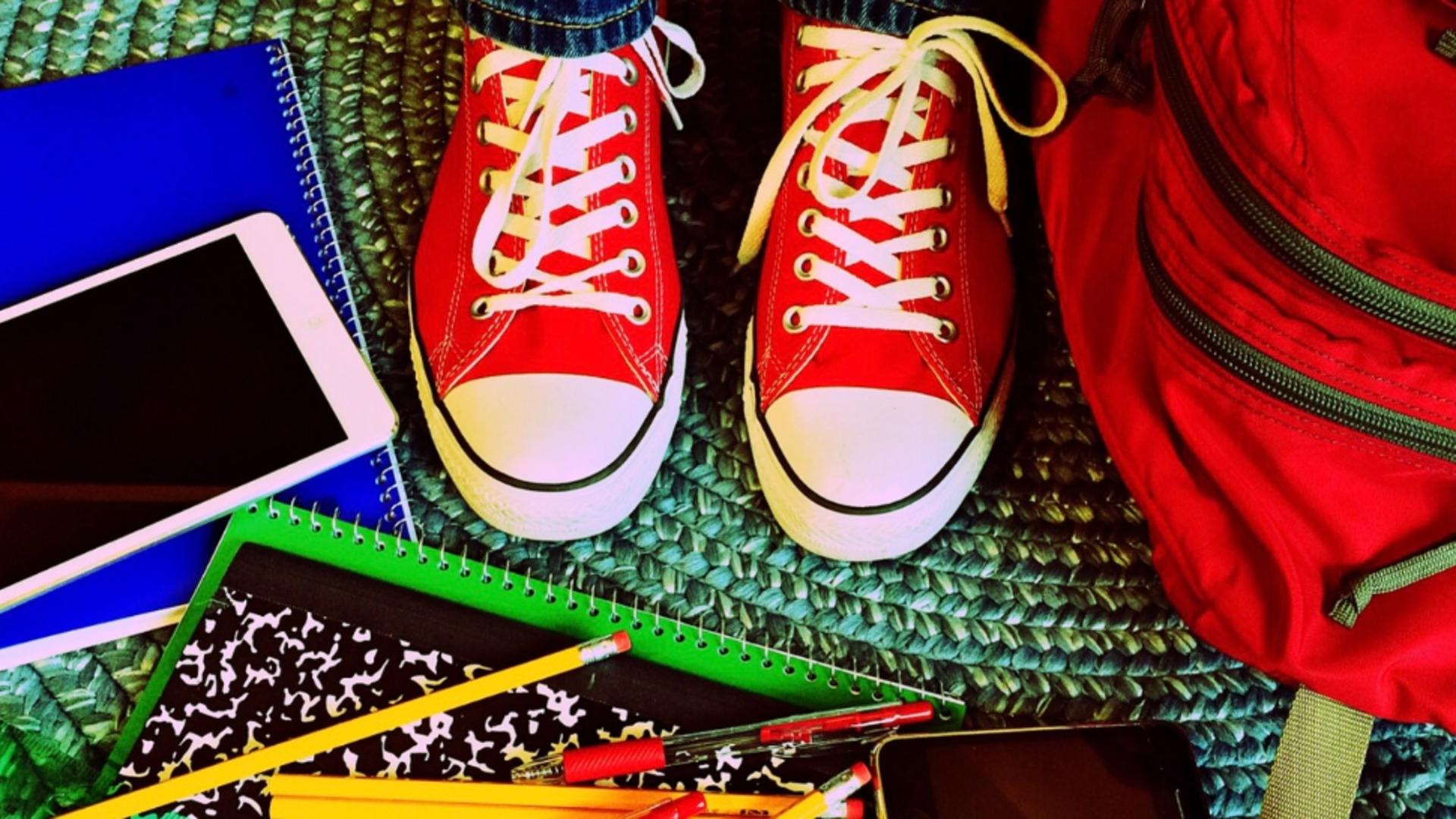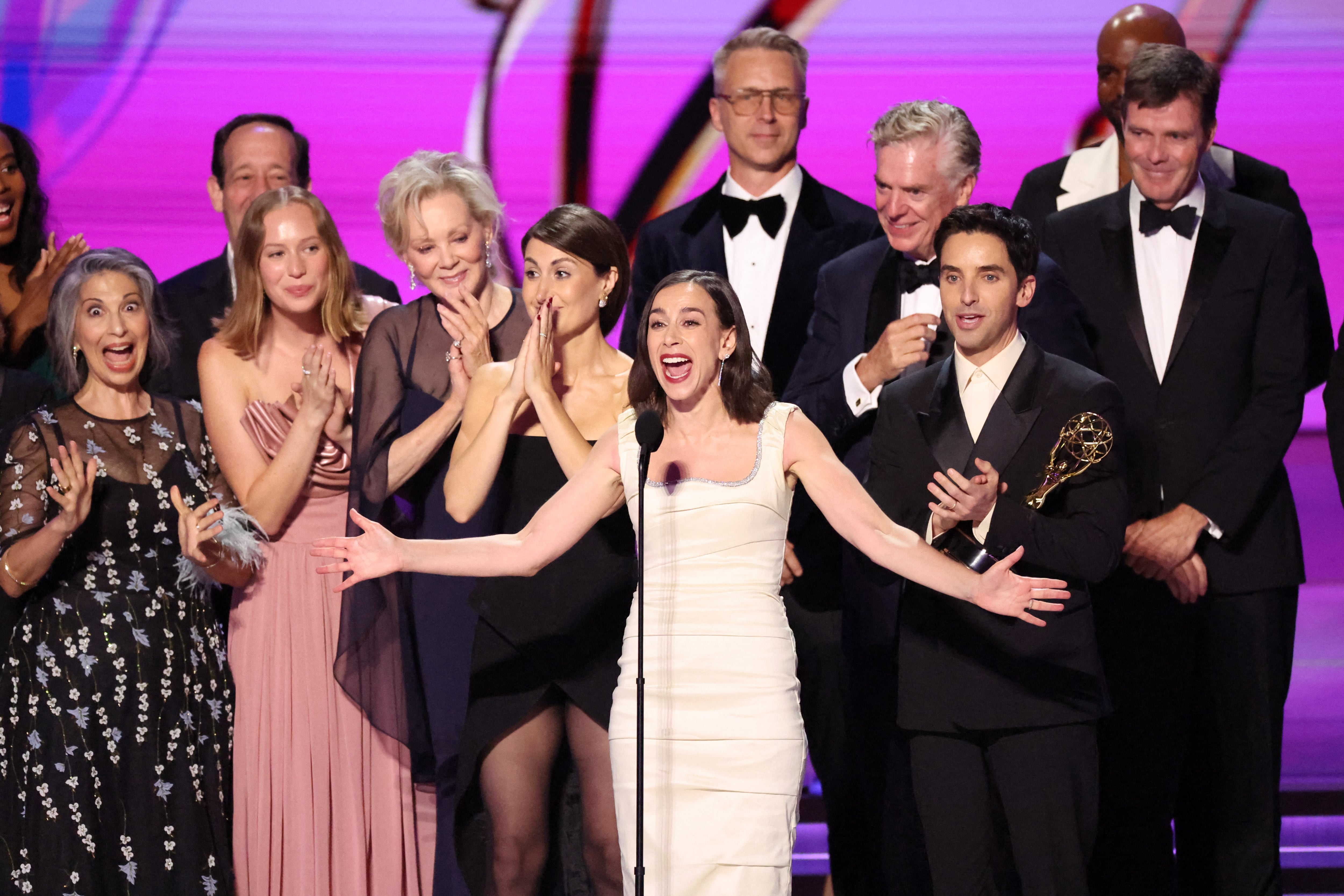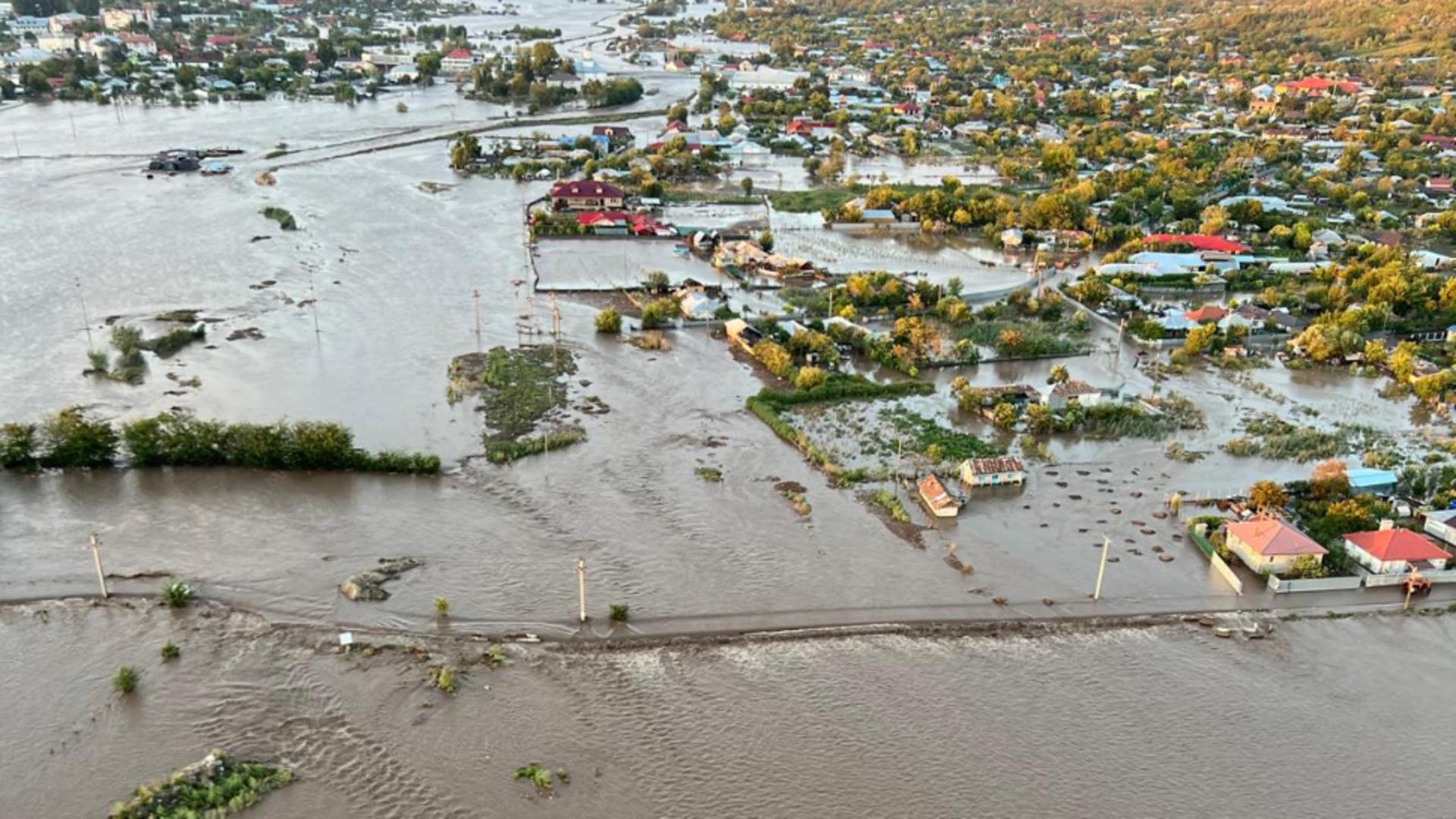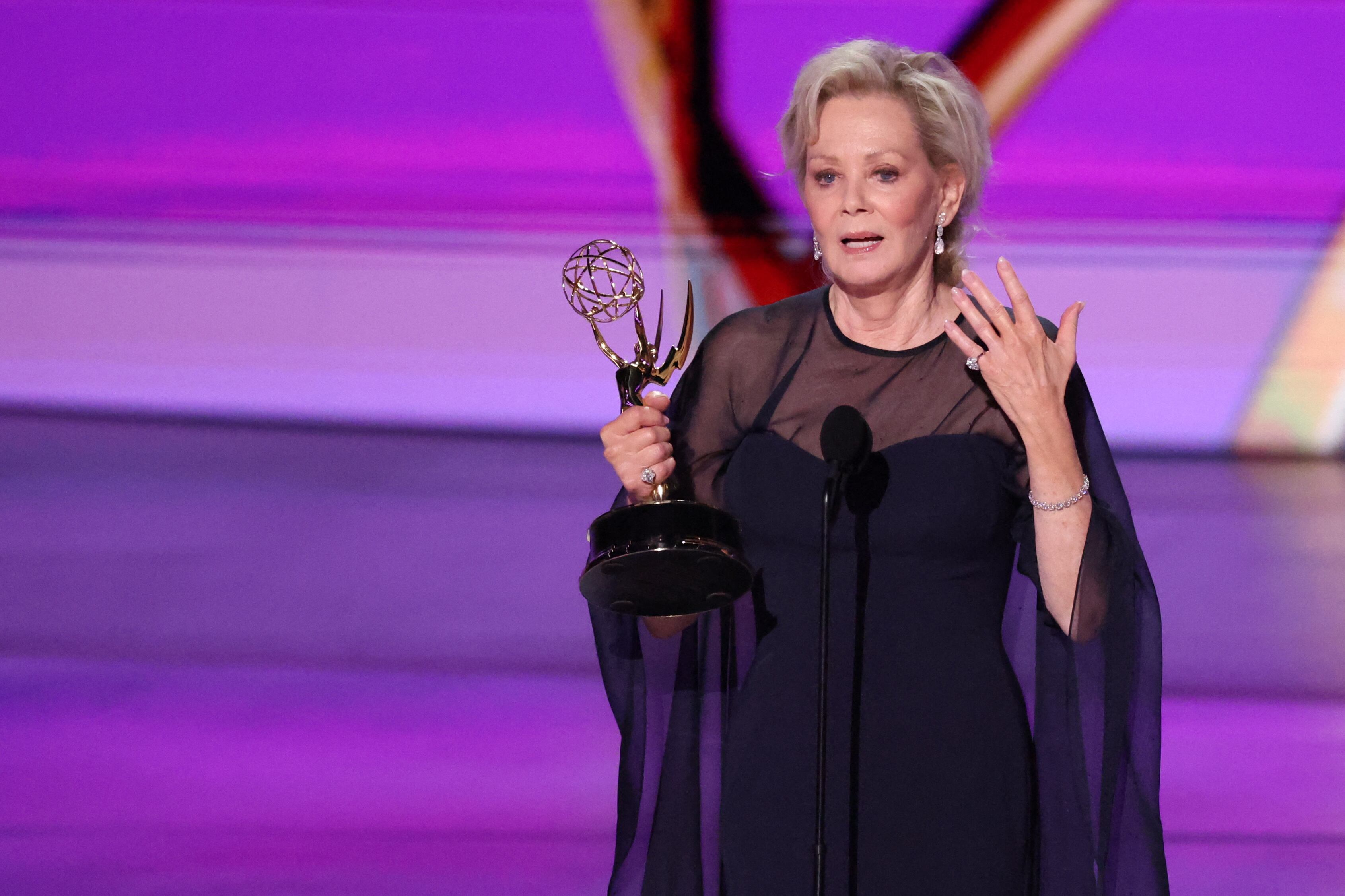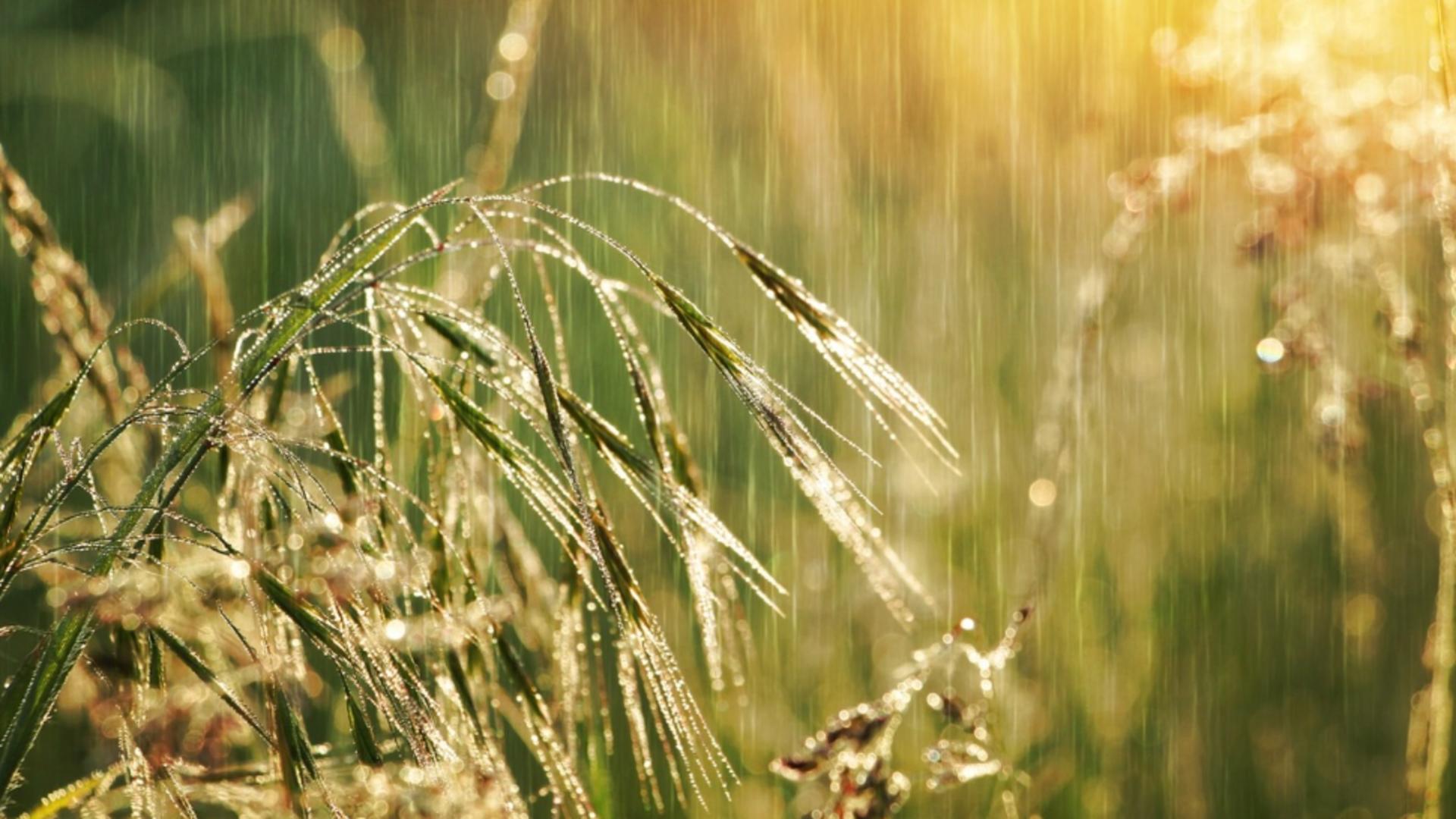University of Florida horticulture science professor Rob Ferl on Thursday became the first NASA-sponsored customer to fly to space on board Blue Origin’s New Shepard rocket, bringing along a plantlife experiment to study the effects of spaceflight on genes.
Ferl, a researcher within UF’s Institute of Food and Agricultural Sciences, is also director of UF’s new Astraeus Space Institute. He joined five other people for what was the eighth human spaceflight of the suborbital rocket for the Jeff Bezos-founded company.
Dubbed NS-26, the capsule launched at 9:08 a.m. EDT from Blue Origin’s West Texas launch facility for its short trip to space, reaching an altitude of around 65 miles before returning for a parachute-assisted landing touching down amid the desert scrub within sight of the launch pad just over 10 minutes later.
“The ride was incredibly smooth, and I was so impressed with the ride up,” Ferl said after his return. “But being there, the darkness of space — you can’t — there’s no way to talk about it. There’s no way to talk about how impressive space is and the Earth below.”
He was joined on the flight by Nicolina Elrick, Eugene Grin, Eiman Jahangir, Karsen Kitchen and Ephraim Rabin. Ferl emerged from the capsule with a huge smile and donned an orange UF baseball cap that paired well, at least from a Gator’s perspective, with his blue flight suit.
Along for the ride were several specimens of a plant species called Arabidopsis thaliana, also known as thale cress, that is native to Eurasia and Africa but used frequently among genetic scientists. Ferl performed several measurements at four points along the flight to see how their genes adapt on the way to space.
“The science went well. Everything worked the way it was supposed to. The hours, weeks and months of preparation all went real well. Everything is good. Couldn’t have been a better experience,” he said. “There’s room and opportunity for scientists of all sizes, shapes and ages, to do this. They really should. There’s a lot of opportunity in a ride like that.”
The reason for the experiment comes down to understanding on a genetic level just what stresses biology must endure venturing away from the safety of Earth.
“Space is a challenging environment, one that we’re not evolutionarily designed for,” he said during a phone interview from the launch site ahead of liftoff. “And so the question is, what tools can we bring to bear to understand how much adaptation, how much physiological change has to occur in order to survive and thrive in space.”
Genetic measurements on the plant have been taken on previous experiments while in space but not during launch.
“It turns out, we know a fair bit about what it’s like to be on the space station or on the space shuttle compared to Earth, but we actually know very little about that transition from going from the ground up into space,” he said. “Science just hasn’t had that many opportunities to do biology experiments of the kind — that we do on the way or in the first few minutes or even the first few seconds of getting into space.”
He said the plant genes are representative for what terrestrial biology in general, including humans, has to go through when it travels off-world.
He was able to perform a similar launch test during a suborbital flight of Blue Origin competitor Virgin Galactic in 2021, although Ferl didn’t get to fly alongside the plants on that mission.
The Blue Origin flight, though, mimics more the sort of human spaceflight seen across other launch vehicles like Soyuz or SpaceX’s Crew Dragon, and this flight on New Shepard allows for a more complete version of the experiment, he said. It’s also part of the original pitch to NASA doing the experiment on two different kinds of space vehicles.
“We learned a lot from that flight,” he said, noting the Blue Origin flight will make it easier to interpret the biological responses.
What he’s found already has been eye-opening.
“One of the things that we were, in a sense, surprised about was the amount of gene activity that occurred even in these early parts of entry into space,” he said. “To put it in a different way, biochemically speaking, plants know when they’re on a rocket and they know when they’re going into space and they know when they’re coming back.”
He said being able to measure the changes has been “biologically astounding.”
“The simple fact that a plant, terrestrial biology, and I use this term very loosely, knows that it’s taking a rocket ride, I think, is actually pretty cool, and that we can interpret them and then try to understand basically what it takes for terrestrial biology to transition into space,” he said.
For this return to space, the plants were once again encapsulated within devices called Kennedy Space Center Fixation Tubes. Ferl’s UF colleague and co-investigator Anna-Lisa Paul was on site and remained on the ground to take control measurements at the same moments he performed his while on the way up, during weightlessness and on the way back down.
The New Shepard flights fly above the Karman line, which is 62 miles (100 km) altitude, the internationally recognized limit for having gone into space. It experiences weightlessness for a few minutes before returning for landing.
Ferl’s involvement for an undisclosed cost comes thanks to grants from NASA’s Flight Opportunities program and the Biological and Physical Sciences division along with UF Research funding.
“Everything’s paid up. The government has chosen this as an opportunity to send scientists into space, but there are others on their way too,” he said. “NASA’s already funded upcoming flights for other people. … This is the beginning of NASA trying to understand how much and how best to leverage the ability to fly scientists with their experiments as part of their exploration goals.”
The headline-grabbing event comes in the first year of UF’s new space institute being formed, something Ferl said was the university’s effort to pull in all the various space-related research already happening among the school’s multiple disciplines.
“There’s space research occurring in astronomy and mechanical and aerospace, in health and human performance. I mean, the number of people that are doing space-related research at the University of Florida is actually pretty amazing,” he said.
He said it gives more weight to UF’s efforts “sort of aggregated together with a bright light shone upon it so that our role as an institution can increase in its sort of presence within the state and within the nation.”
Next step, though, would be intermixing disciplines “to take our space-related research to the next level, if you will, to look for larger mission proposals, opportunities to bring together physiology and propulsion sciences, to bring together different colleges into a bigger collective to look for bigger, more challenging and even more far reaching projects for space exploration.”
He said his opportunity to be hands-on in space through the NASA grants is not something he takes lightly.
“I am like every other, I think, space-curious human being, interested to know what the view from space will do for me, emotionally and philosophically,” he said. “No question about it. I want that experience, and I expect to have that experience, but I think one of the primary things as an educator and as a scientist at UF, I want the world to understand that there is now another way, another route, another reason to go to space.”
He points out as a parallel example that for a scientist that was an ocean expert, how much more deeply they can understand their subject by just going out to and underneath the ocean.
“I’m hoping, expecting, even, that this spaceflight will do that for me and for other scientists like me that want to understand what space exploration science data we get back, and I want to be able to understand it with the experience of having been there and understanding it better because I’ve been there,” he said.
New Shepard has now flown 43 humans into space.
New Shepard’s first flight came in 2021 when company founder Bezos took to space. Successive flights have featured celebrities such as William Shatner of “Star Trek” fame, NFL Hall of Famer and broadcast personality Michael Strahan and Laura Shepard Churchley, daughter of Alan Shepard, after whom the rocket is named.
Others have been affluent customers including Winter Park power couple Marc and Sharon Hagle and Brevard County millionaire Steve Young. While even more have been individuals whose trips were awarded through foundations such as MoonDAO that look to open the door to space to those of lesser means.
New Shepard has been Bezos’ first salvo into the space rocket business, and this marked its 28th launch including uncrewed trips. Blue Origin has its heavy lift New Glenn rocket, though, gearing up for an inaugural launch from Cape Canaveral as early as Oct. 13. New Glenn is constructed at Blue Origin’s factory on Merritt Island and launches will occur from Canaveral’s Launch Complex 36.
Blue Origin is also tasked by NASA as one of two commercial providers for its human landing system for the Artemis program using its Blue Moon lander.







